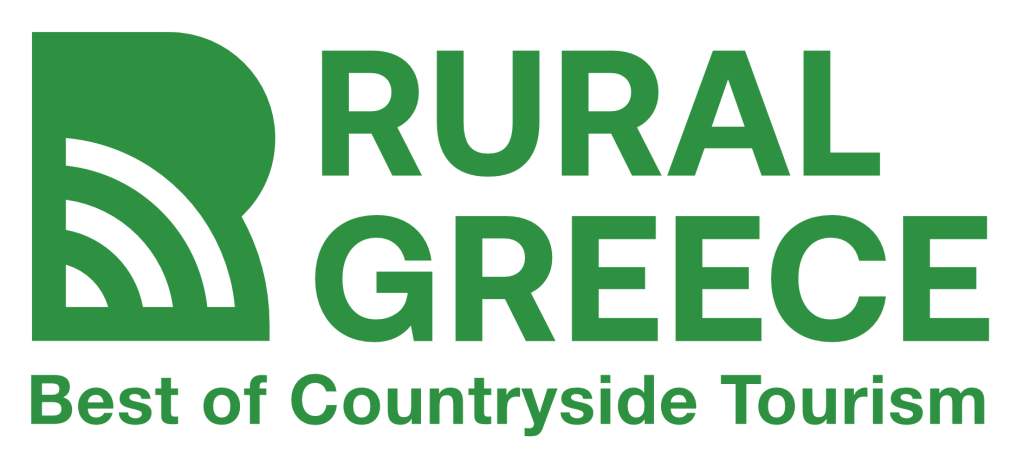Title – Name
Ente Mendoza Turismo
Scope / Sector / Industry
Wine Tourism
Country / Region
Argentina, Mendoza
Why is it good practice?
The case of wine tourism management in the province of Mendoza, Argentina, is a good practice as, while not considered a region with a long wine history and tradition, it has become a top wine destination for wine lovers worldwide. Based on the promotion of its gastronomy, the province of Mendoza, the main ambassador of its wine tourism, is trying to capitalize on this comparative advantage and create a strong gastronomic identity.
How is it applied?
Argentina is considered one of the famous wine regions with a total of approximately 570,000 hectares of vineyards, of which 400,000 hectares are located in the province of Mendoza. The province is divided into 5 major wine sub-regions: First Zone, Uco Valley, East Oasis, Central-North Oasis and South Oasis and has a total of 209 wineries. The variety cultivated primarily in Mendoza is Malbec, which although it originates from France, was developed in Argentina in the 1840s and 1850s and gradually expanded as the main strain of national viticulture. A great effort was made to connect the region with this vine and this is evident from the fact that from 1990 to 2009, the area of cultivation increased by 173%. Since then, Malbec has established itself as the emblematic variety of Argentine viticulture and has led national exports. A milestone in Mendoza’s viticultural history was the recognition of the Luján de Cuyo region as a Protected Designation of Origin in 1989.
Wine tourism, as a strategic activity, began in Argentina in 2000, by the wine chamber “Bodegas de Argentina” with the project “The Mendoza Wine Trails”. As part of the project, the first promotional material was created that schematically presented different trails in each province of the country and included wineries, cultural heritage sites and accompanying information. It should be noted that, while all wineries were invited to participate in the project, a selection was then made based on a series of criteria that would ensure adequate service to visitors. Also, the costs for the project were paid for by the wineries themselves that participated. Since then, new trails have been added and integrated into the areas.
Another national wine tourism strategy initiative was the “Argentine Wine Tourism Integration Plan” for the period 2007-2011. This plan provided the conditions for the systemic establishment of articulated practices between the public and private sectors and intermediary organizations, for a common benefit. The plan was promoted by the “Inter-American Development Bank” and the “Multilateral Investment Fund”, with “Bodegas de Argentina” as the implementing unit and with the participation of the Argentine Ministry of Tourism, the National Tourism Institute, the Federal Investment Council and the local governments of eight wine provinces, including Mendoza.
At the regional level, Mendoza has not developed a strategic plan for wine tourism. However, it is included in the recent “Gastronomic Identity Development Plan of Mendoza 2024-2030” prepared by the province of Mendoza, through the tourism promotion agency “Ente Mendoza Turismo” and the Association of Hotel, Gastronomic and Related Businesses of the province. The general objective of the plan is to promote gastronomy as a fundamental pillar of the economic development of the province, positioning it as a strategic activity that promotes sustainability and contributes to public health, the preservation of cultural identity, job creation, the promotion of the export of food products, the consolidation of gastronomic tourism and the strengthening of the international visibility of the “Mendoza” brand. It should be noted, however, that the goal of the plan is not only to position Mendoza as a gastronomic reference point, but also to contribute to improving the quality of life of its residents, strengthening the sense of community and sustainability.
The plan seeks to constitute a comprehensive support framework for the development of the sector, encompassing all links in the value chain, from the primary producer to gastronomic and educational institutions, promoting collaboration and coordination between the various sectors of government and the private sector. This collaboration will have a direct impact on agribusiness, culture, trade and tourism.
Wine and gastronomy are promoted as a single tourism proposition and on the official tourism website of the region, by the “Ente Mendoza Turismo”. Tastings, visits to wineries (basic contact information is provided) and other activities such as horseback riding, cycling, yoga, picnics, games, watching movies outdoors, helicopter or hot air balloon rides, participation in grape harvest, harvesting and pruning competitions are proposed for visitors. Also on the map created to promote wine tourism, 4 unique regions to visit are presented with the corresponding list of their wineries.
As part of the promotion of wine tourism, the Region also promotes local events related to wine. The largest wine event is the “Fiesta Nacional de la Vendimia” (National Harvest Festival), which takes place during the harvest season in Mendoza. It is a large celebration where the festivities begin in January and last until the first weekend of March, ending with a performance that takes place in an open-air theater in the foothills of the Andes, where over 1000 artists participate on stage. The performance culminates with the election of the National Harvest Queen who represents the region for one year. Two other emblematic festivals are “Música Clásica por los Caminos del Vino” and “Tango por los Caminos del Vino”.
It should be noted that despite the great wine reputation of the region, the information material presented is quite limited. However, the wineries themselves, and in harmony with wine tourism trends, have created new spaces for visitors, tasting rooms, restaurants, guesthouses, museums, exhibition spaces and offer a variety of wine experiences. In addition, local tour operators specializing in wine have also contributed greatly to the design and implementation of wine trails, activities and, in general, the development of wine tourism in Mendoza.
Where is it applied?
The effort to promote and showcase wine tourism in the Mendoza region of Argentina and its management initiatives by the respective province directly concern region’s visitors, especially those who want to experience an authentic wine and gastronomic experience.
When did it applied?
The organization “Ente Mendoza Turismo” was founded in 2016.
Results
Mendoza has received important distinctions in the wine and gastronomy sector. The following are indicative:
- It belongs to the global network of cities “Great Wine Capitals”.
- It was declared “International Capital of Gastronomy and Wine” in 2023 and 2024 at the Ibero-American Gastronomy Fair.
- It was recognized and selected as the new “Ibero-American Capital of Wine Harmony”, at the International Tourism Fair in Madrid for the period 2023-2024. For one year, the province holds this distinction granted by the Ibero-American Academy of Gastronomy, which values not only gastronomy but the entire environment that enhances this harmony, which includes sustainability, viticulture, food pairing, tourism, etc.
- It was a destination of the famous Michelin Guide in 2023.
Also, the Mendoza tourism promotion organization, to measure the effectiveness of its actions, has created an Observatory, which presents statistical data. According to the data available for 2023, the annual number of tourists was 3.822.240 and their average stay was 4 days. 22.4% of visitors consider the vineyards and wineries of the region the second most attractive feature of the place after its mountain range (22.8%) and 19.6% visit the region for its vineyards and wineries (cultural activities and natural landscapes come first in preference).
Other Information
The official website of the organization “Ente Mendoza Turismo” is: https://mendoza.tur.ar/




